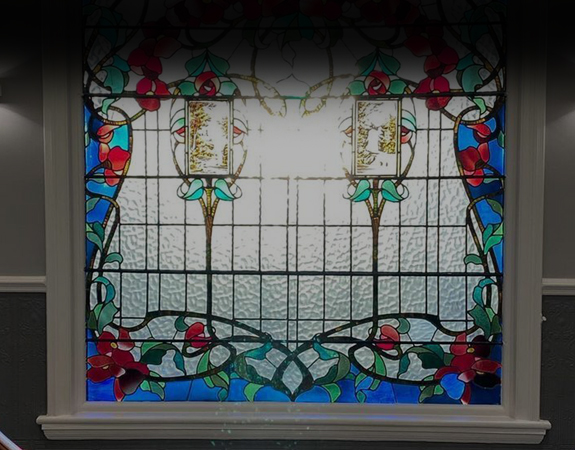04 June 2013
What are the Advantages of...
Leeds City Dentalcare offers patients CEREC restorations. These are all-ceramic restorations that are completed in just one visit to our dental surgery, but what are the advantages of having this...
Read More10 April 2013
What are CEREC Restorations?
You may already know about CEREC, or might have heard it mentioned when visiting Leeds City Dentalcare, but what exactly are these types of restorations and why are they so...
Read More30 March 2013
Dealing with Chipped or Broken...
If you chip or break a tooth then it is a good idea to make an appointment at cosmetic dentistry Leeds to see one of our dentists. The reason for...
Read More18 March 2013
What is a Dental Bridge?
Dental bridges are used to literally bridge the gaps created by one or more missing teeth in your mouth. It's a way of permanently filling the space left by a...
Read More03 March 2013
Replacing Missing Teeth with Partial...
A partial denture replaces one or more missing teeth, and usually consists of the replacement tooth being attached to a pink gum coloured acrylic base. Some partial dentures may have...
Read More01 March 2013
What are Full Dentures?
Full dentures are a way of replacing an entire arch of upper or lower teeth and are removable.In the past it was immediately obvious if someone was wearing a set...
Read More27 February 2013
Which Type of Crown is...
Dental crowns are sometimes called caps, and are used to restore teeth that are significantly decayed, or which have lost tooth material due to trauma to full function. This is...
Read More